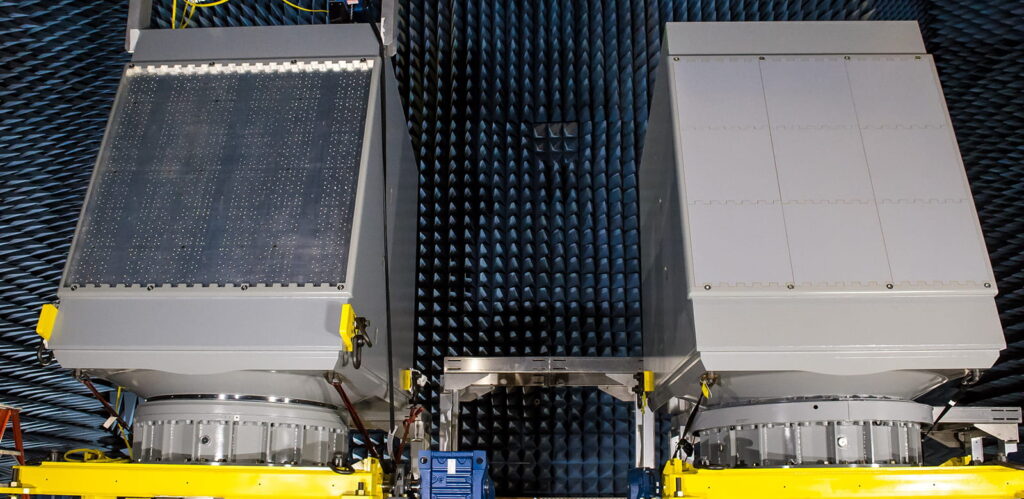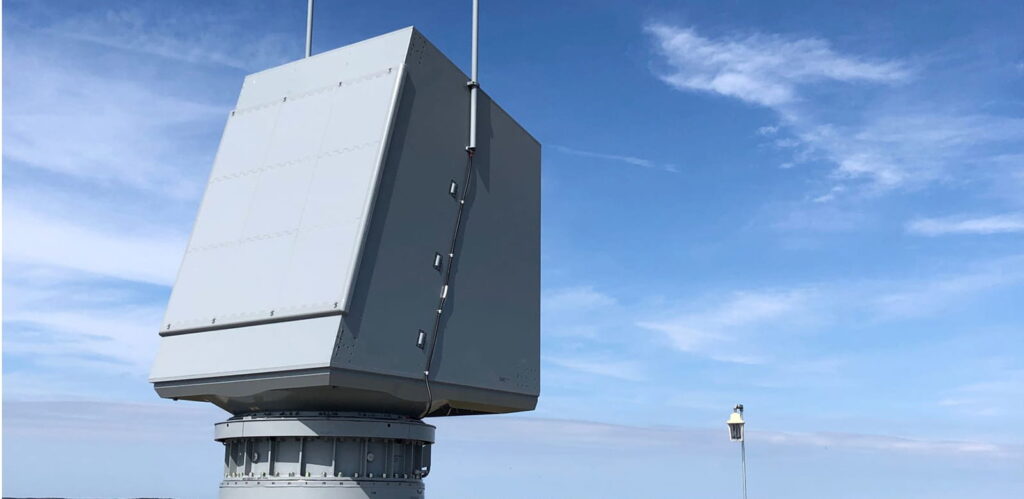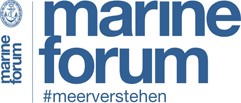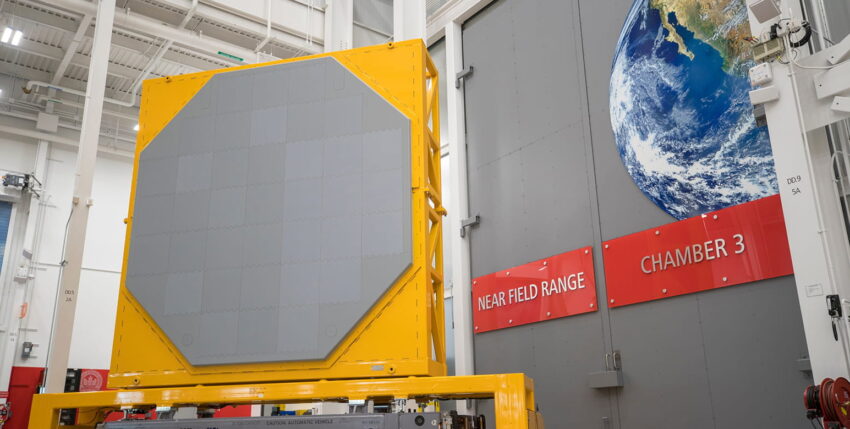According to an announcement by the US Department of Defense on 30 May 2025, Raytheon Missiles and Defense was awarded a contract (N00024-25-C-5501) for an initial USD 536.75 million for integration and production support services for the AN/SPY-6(V) multifunction long-range radar. The announcement states that if all options are exercised, the cumulative value of the contract could increase to over USD 2.88 billion.
Of particular relevance is that this contract explicitly combines purchases for the US government (71.4 %) and the German government (28.4 %) under the Foreign Military Sales (FMS) programme. This indicates a substantial German investment in production support for this radar system. It is therefore reasonable to conclude that the German Navy will be equipped with the AN/SPY-6 in the future.
On the German side, a step was taken in December 2024 with the approval of 44.5 million euros by the German Bundestag for preparatory studies to integrate the Aegis combat management system into the preferred design of the F127 frigates, indicating a preference for a US system. The F127 class frigates are expected to replace the current F124 class air defence frigates from the mid-1930s. According to the Navy's recently published 'Course 2025' targets, six units are planned.
A modular S-band radar

The AN/SPY-6 is the US Navy's next-generation S-band radar family, developed by Raytheon (now RTX Corporation). It is an Active Electronically Scanned Array (AESA) 3D radar system based on a modular architecture with its Radar Modular Assemblies (RMA). Each RMA is an independent radar antenna in a 2x2x2 foot housing. The RMAs can be used like "building blocks" to create antenna arrays of different sizes and capabilities. This scalability allows them to be used on different classes of ships, from destroyers to aircraft carriers.
Technologically, the AN/SPY-6 utilises gallium nitride (GaN) semiconductors in its transmit/receive modules, which enables a higher power density. Compared to older systems such as the AN/SPY-1D(V), the AN/SPY-6 is over 30 times more sensitive and can detect targets half the size at twice the distance. It is capable of simultaneously processing over 30 times more targets and supports integrated air defence (IAMD) against all types of air, space and surface targets as well as electronic warfare. A first variant has been in service on the "USS Jack H. Lucas" (DDG 125) since 2024.
The emphasis on modularity in both radar systems represents a significant strategic design decision that goes beyond the initial acquisition cost. The aim is to optimise lifecycle costs by enabling easier upgrades, maintenance and adaptation to future threats without the need for major system overhauls. This directly contributes to long-term affordability and sustainability, which is critical for navies in the face of evolving threat scenarios and budget constraints. In addition, modularity enables scalability and adaptability to different ship classes and mission requirements.
SPY-6, not SPY-7
The German participation in the Raytheon contract for AN/SPY-6 production support is a strong indication of the interest in this system and deeper integration into the US defence architecture. At the same time, this has been a vote against Lockheed Martin's competing AN/SPY-7. Also a state-of-the-art AESA radar system optimised to support IAMD and with a modular design. The choice will have taken into account not only technical aspects, but also strategic considerations regarding interoperability and the contribution to strengthening the national industry. The decision in favour of AN/SPY-6 also entails a larger tonnage of the unit compared to AN/SPY-7.
Strategic necessity and strategic positioning
In any case, it is a clear sign of the German Navy's entry into space surveillance, which has just failed in the first attempt with the F124 class.
The approval that has now become known emphasises the desire for interoperability with the USA, but is also a rejection of a European project. In Europe, Norway has so far shown interest in the SPY-6, but a procurement decision has not yet been made. In addition to Japan, Singapore has also expressed interest in the AN/SPY-6. Spain has opted for AN/SPY-7 for its F110 frigates, as have Canada (River Class) and Japan.
In this segment, the French Navy relies on radar developments from Thales, while the Marina Militare uses Leonardo.
Key variants of the AN/SPY-6 family

- AN/SPY-6(V)1 (AMDR): The largest variant, with four fixed antenna surfaces, each of which has 37 RMA and offers 360-degree coverage. It is designed for Arleigh Burke Flight III class destroyers.
- AN/SPY-6(V)2 (EASR Rotating): A single rotating antenna with 9 RMA. It is intended for amphibious ships of the San Antonio class and America class and as a retrofit for aircraft carriers of the Nimitz class.
- AN/SPY-6(V)3 (EASR Fixed): Three fixed antenna surfaces, each with 9 RMA. This variant is designed for aircraft carriers of the Gerald R. Ford class and frigates of the future Constellation class.
- AN/SPY-6(V)4: Four fixed antenna surfaces, each with 24 RMA. This variant is planned for the retrofitting of Arleigh Burke class Flight IIA destroyers.
+++++++++++++++++++








